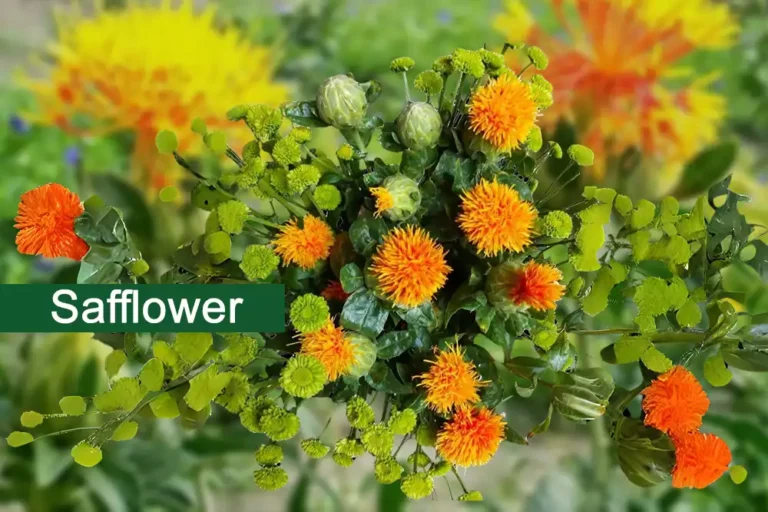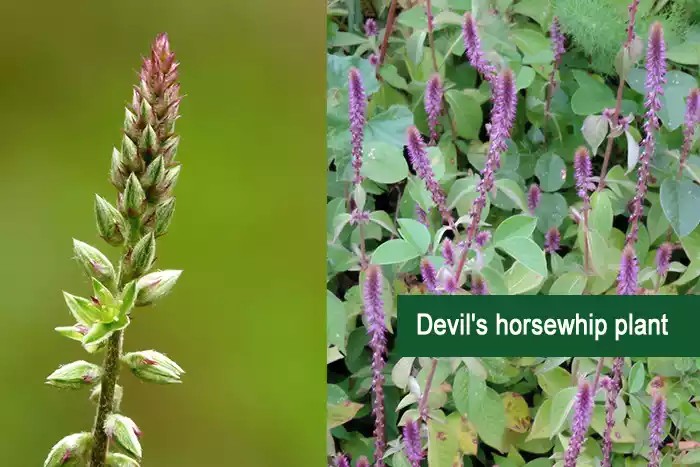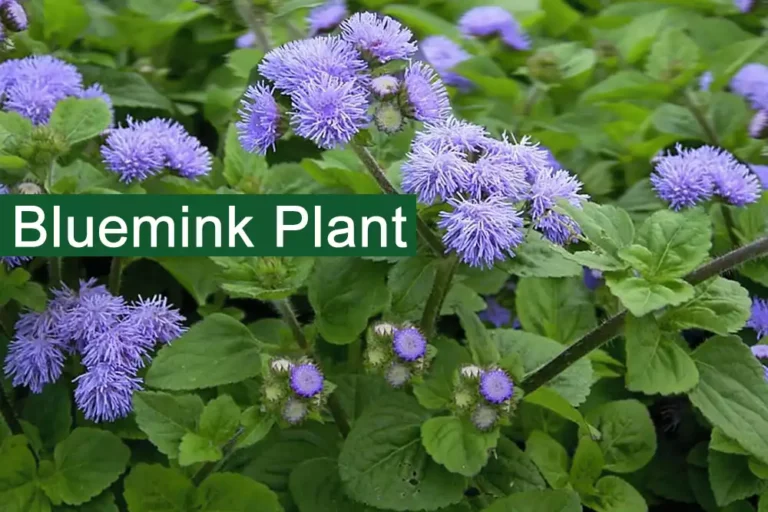Deadly Nightshade (Belladonna) Plant Medicinal Uses, Benefits
Deadly Nightshade Plant is also known as the Belladonna plant, Atropa belladonna, Atropa acuminata, and in Urdu Angur-e-Shifa. Find out its medicinal uses, benefits, how to identify and grow it, and its traditional and international uses.
Deadly Nightshade Overview
| Botanical Name | Atropa acuminata Royle ex Lindl |
| English Name | Deadly nightshade |
| Urdu Name | Angur-e-shifa |
| Common Name | Deadly nightshade |
| Family | Solanaceae |
| Habit | Perennial shrub |
| Part Used | Angur-e-Shifa |
| Medicinal Plants | Explore |
Deadly Nightshade (Belladonna) Plant
Belladonna Plant grows up to 0.9m by 0.75m. The purplish-colored stem is annual and herbaceous undivided at the base but dividing a little above the ground into three Or more rarely two or four branches, each of which again branches freely.
The leaves are dull, darkish green in color and of unequal size, the lower leaves solitary, the upper ones in pairs alternately from opposite sides of the stem, one leaf of each pair much larger than the other, oval in shape, acute at the apex, entire and attenuated into short petioles.
The flowers, which appear singly in the axils of the leaves, and are of a dark and dingy purplish color, tinged with green, large pendent, bell-shaped and furrowed. The five- cleft calyx spreads round the base of the smooth berry, ripens when it acquires a shining black color and is in size like a small cherry. It contains several seeds.
Distribution of Deadly Nightshade
Deadly nightshade (belladonna) plant is native to Afghanistan India, and Pakistan. It is widely distributed over Central and Southern Europe, South west Asia and Algeria; cultivated in England, France and North America.
Medicinal Uses of Deadly Nightshade
Folk Use
It is used to treat sunstroke and painful menstruation. It is given in large doses in whooping cough and false croup. Belladonna is of value in acute sore throat and relieves local inflammation.
Tib (Traditional Islamic Medicine) Uses
Flowers are used to make a homeopathic remedy. It is used especially in cases where there is localized and painful inflammation that radiates heat. The roots and leaves are used in India as anodyne, diuretic, mydriatic, narcotic and sedative. It has also been used as an antidote in mushroom or toadstool poisoning cases.
International Use
All parts of the Deadly Nightshade plant are analgesic, antidote, antispasmodic, diuretic, hallucinogenic, mydriatic, narcotic, and sedative. This reduces saliva, gastric, intestinal, and bronchial secretions, and the activity of the urinary tubules, bladder, and intestines. It is used as sedative and relaxes muscle and nerve pain as well as salves made from the infused oil of leaf or root. It is used in lessens irritability and pain, and is used as a lotion, plaster or liniment in cases of neuralgia, gout, rheumatism and sciatica.
As a drug, it especially affects the brain and the bladder. It is used to check excessive secretions to decrease inflammation and to check the sweating of phthisis and other exhausting diseases Used of Belladonna plant to dilate the pupils in eye operations, to relieve intestinal colic, and to treat peptic ulcers.
The Deadly Nightshade (Belladonna) plant can be used to treat the symptoms of Parkinson’s disease, reducing tremors and rigidity whilst improving speech and mobility. An extract of the Deadly Nightshade plant has been used as eye drops. It easier to perform eye operations. For its action on the circulation, it is given in the collapse of pneumonia, typhoid feyer and other acute diseases. It is a powerful antispasmodic in intestinal colic and spasmodic asthma. It is also used to treat the cancer.
Culinary Use
It is not included in cuisines cuz it is highly toxic.
Some important notes:
- Don’t touch or eat any part of the deadly nightshade!
- Wear gloves when handling.
- Keep it away from kids and pets.
- Get medical help ASAP if exposed.
Constituents of Deadly Nightshade
It contains hyoscyamine and atropine, alkaloid, starch and atrosin, scopolamine (hyoscine), belladonnine and apoatropine.
Climate and Growth Conditions
- Climate: Temperate regions
- Temperature: Max: 30°C, Min:-2°C
- Rainfall: 875 mm/year
- Soil: The Belladonna plant prefers light sandy, medium loamy, and well-drained soil.
- pH Range: 7.3-8.3
- Reproduction: By seed
FAQs
What does deadly nightshade do to humans?
Deadly nightshade is highly toxic and can cause hallucinations, convulsions, and even death.
Why is it called Deadly Nightshade?
It’s called deadly nightshade because its berries, leaves, and roots are extremely poisonous.
Is nightshade poisonous to touch?
Yes, touching nightshade can transfer its toxic chemicals through cuts or open wounds.
Why is Belladonna called Deadly Nightshade?
Belladonna is another name for deadly nightshade due to its extreme toxicity.
Disclaimer:
All images used in this post are from Google Images and Credit goes to their respective owners.







